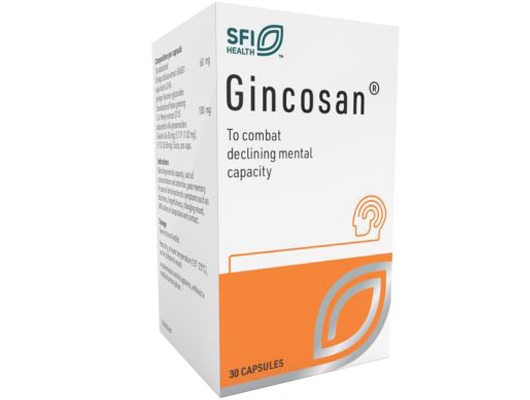Panax ginseng and Ginkgo biloba in history
Ginkgo biloba L. belongs to the family of Ginkgoaceae, and is believed to be the oldest living tree. Extracts and infusions from the leaves of Ginkgo have been used in traditional Chinese medicine for thousands of years.14
Panax ginseng is a perennial shrub, native to north-eastern China, Korea and Russia.15 It was traditionally used as a tonic to support the body in times of increased demand and to promote good health and vitality.17-19
Panax ginseng was first recorded in Chinese medicine over 2000 years ago, and was already the subject of over 600 published books and papers before the year 2000.17,20
You may have heard of ‘ginseng’ before, but it’s important to know that not all ginseng is the same. Ginseng comprises a genus called ‘Panax’. Several species of ginseng exist within this, e.g. Panax ginseng, Panax notoginseng and so on. All are ginseng - but there is one with more clinical research supporting its medical use. This is Panax ginseng.




